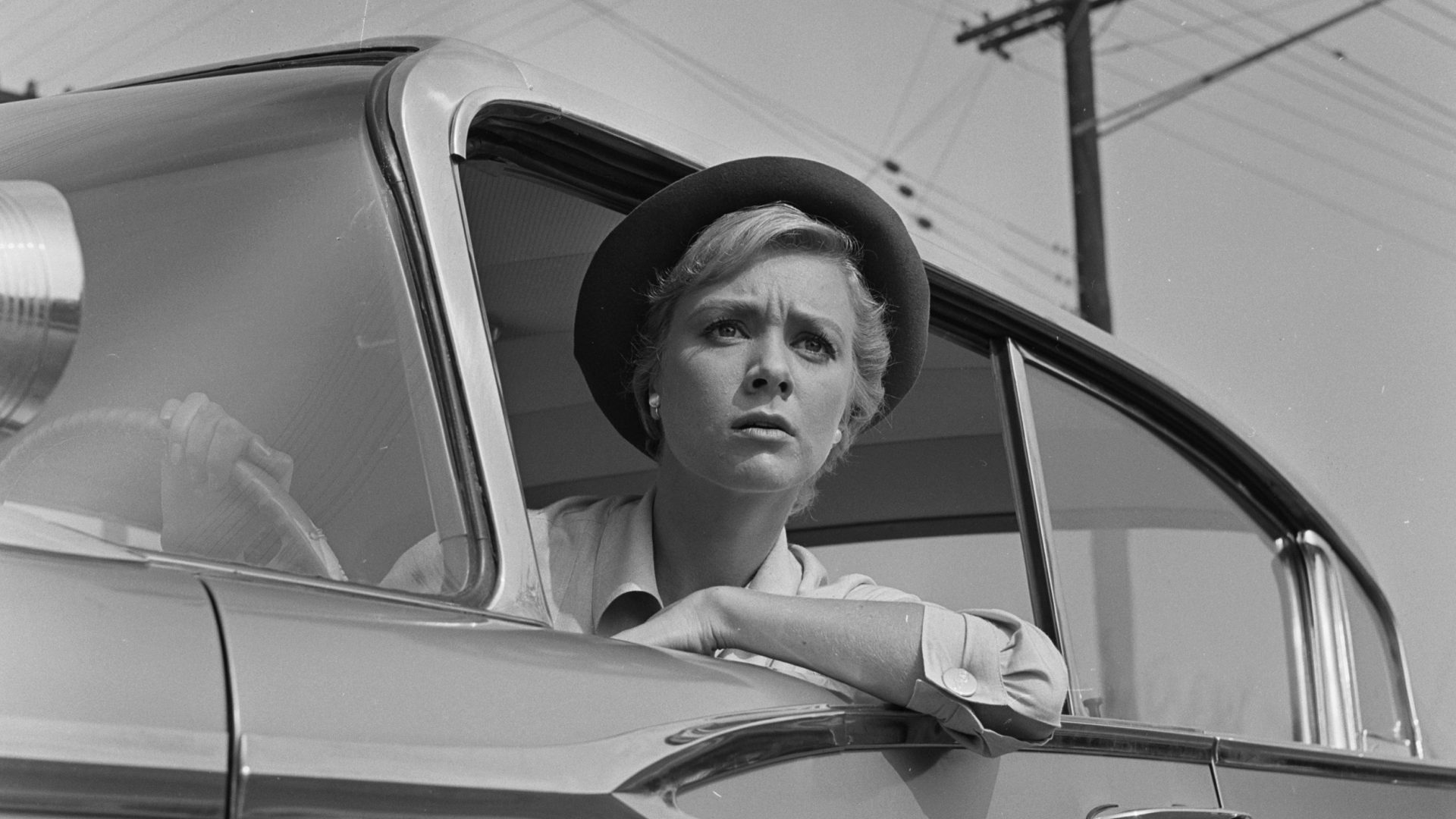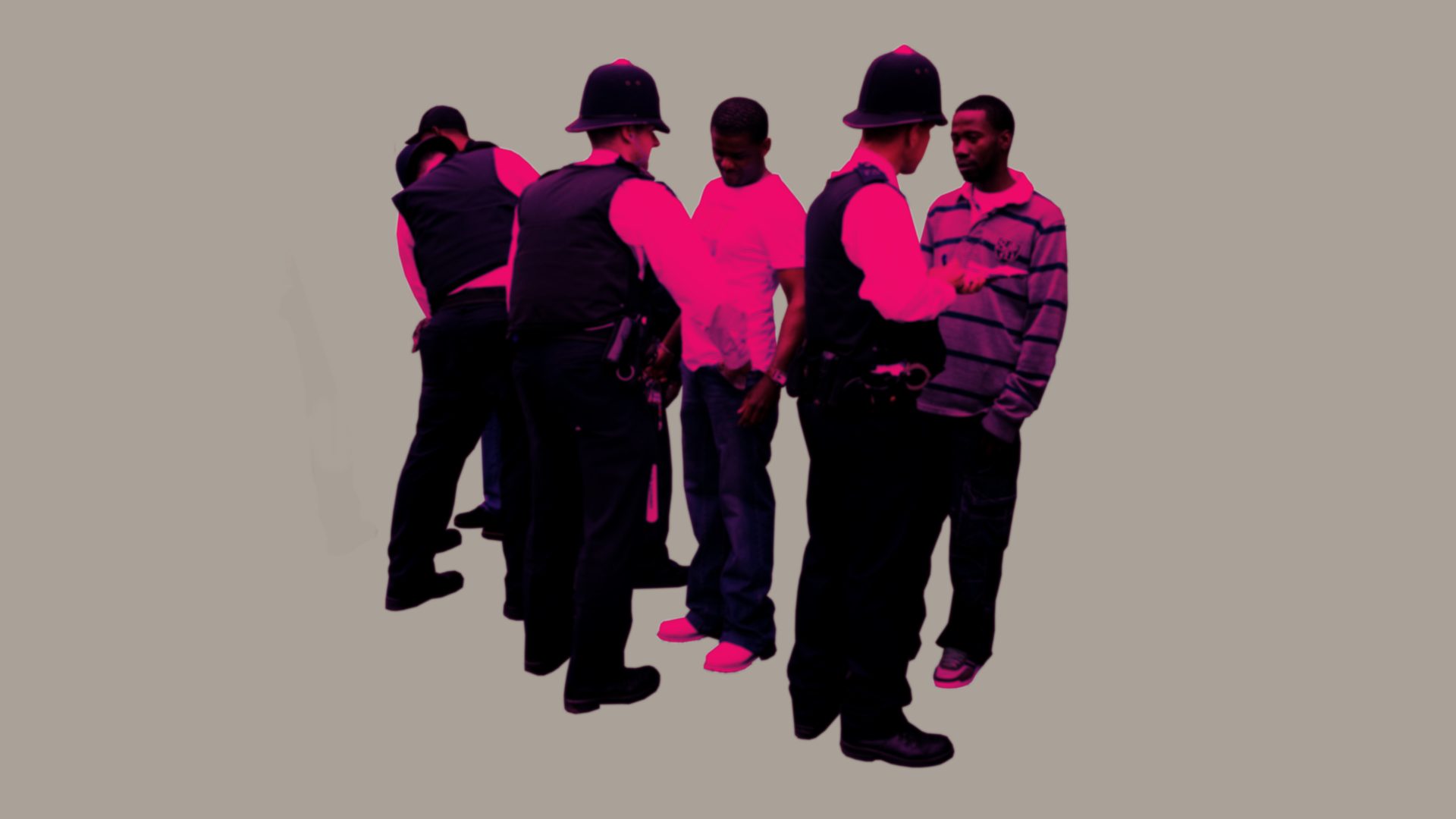It was a bright spring morning at the end of April 1970 when Lola McNally walked into the kitchen and found Inger Stevens lying face down on the kitchen floor. McNally rented a room from her friend Stevens at her home in the Hollywood hills but stayed with a friend the previous night.
“Inger!” she cried. “Inger!”
The actress opened her eyes, raised her head and tried to speak but nothing came out. McNally called the emergency services but Stevens was dead by the time the ambulance reached the hospital and a post-mortem confirmed
the actress had killed herself with a massive overdose of barbiturates. She’d
starred in films with James Mason, Rod Steiger, Bing Crosby, Harry Belafonte, James Stewart, Walter Matthau, Clint Eastwood and Orson Welles and was the face of the popular US sitcom The Farmer’s Daughter. She was a member of the Advisory Board of the Neuro-Psychiatry and served as chair of a Californian children’s mental health charity. She was just 35 years old.
The signs were there if you knew where to look. In some of the decisions
she made, in comments in interviews whose significance only resonates
afterwards, in the internalised legacies of a dysfunctional family background.
In June 1961 she was a passenger on a Boeing 707 whose nose gear collapsed on landing at Lisbon, causing a fire that soon began to spread through the cabin. As the passengers and crew rushed to the exits, Stevens seemed to embrace her fate.
“The plane started burning and I thought I would be burned alive,” she said in 1963. “I put on my coat, of all things, and curled up on the floor.”
As the flames crept closer something changed her mind and she became the
last person to leave the aircraft. Seconds after she reached safety the plane was engulfed in a huge fireball.
“Somehow I escaped,” she said, “and now I feel as if I am on borrowed time.”
While filming Cry Terror! with Rod Steiger in a subway tunnel in 1960, some
members of the cast and crew were overcome by carbon monoxide fumes. Stevens spent two days in an oxygen tent. Steiger later recalled that she tried
to decline medical treatment at the scene, insisting she wanted to die.
That incident was just over a year after her first suicide attempt, on New Year’s Day 1959.
“At that moment I thought it was the most rational thing I’d ever done in my life,” she told an interviewer. “I felt lonely and sorry for myself, like I didn’t
quite belong in the film world, that I wasn’t good enough.”
What appears to be the inevitable tragedy of Inger Stevens began long before she arrived in Hollywood and long before she left Sweden for the US. It began long before even her mother Lisbet left her father Per Gustaf for another man, taking her youngest brother with her, when Inger was six years old.
“I witnessed an awful lot of fighting in my family,” she said. “I got used to keeping things to myself and never really saying what was on my mind.”
Soon after the departure of his wife, Per Gustaf won a Fulbright scholarship
to Harvard. He left Inger and her younger brother Ola in Sweden, first with the family maid, then an aunt. Stevens was nearly ten years old when in 1944 her father, now remarried, sent for her and Ola to join him in New York.
The voyage from Gothenburg on the freighter Margaret Johnson would have
been daunting enough for two unaccompanied children but the war made the experience even more traumatic. First the passengers were inspected brusquely by German soldiers during a brief stopover at Copenhagen, then the ship was tailed for miles by a U-Boat.
When the ship docked at New Orleans Per Gustaf was nowhere to be seen. Declaring himself too busy to come and meet the children he had not seen in four years who had just arrived in a strange country speaking no English,
he delegated their welfare to a charitable organisation that placed the siblings on a train to New York.
He wasn’t there, either, preferring instead the peace and quiet of Cape Cod
where he could immerse himself in work. Inger and Ola spent their first night in America in a hotel.
“The Travelers Aid Society took me to the 13th floor and put Ola somewhere
else; mine was a tiny green room that looked like a cell,” she recalled.
The next morning the children boarded a train for Cape Cod where, finally, they were reunited with their father. The trauma wasn’t quite over for them, however.
“Two days after our arrival a hurricane struck Cape Cod and partially demolished our little house. I was terrified and begged to go back to Sweden.”
Before long Per Gustaf’s work took him and the family to a new home in
Manhattan, Kansas – a small town Inger grew to dislike intensely enough that she ran away to Chicago at 15, working under an assumed name first as a server and then as a burlesque dancer until her father tracked her down and took her home.
After leaving school she made for New York in pursuit of a career on the stage. She had, she said, harboured dreams of acting ever since she saw Per Gustaf play Scrooge in an amateur production of A Christmas Carol, his character’s transformation from cold-hearted ogre into someone warm and generous having a profound effect on his daughter.
Such was her promise she was soon taken on by an agent, Antony Scoglio, who had her adopt the name Stevens, then married her when she turned 21.
It didn’t last, with Stevens later describing her wedding day as “the worst day of my life. I wanted to be anyplace but where I was. I married him for a lot of the wrong reasons”.
As her career progressed from Broadway to Hollywood she developed a pattern of becoming romantically involved with many of her leading men,
but after her death it emerged that she’d married the actor Ike Jones in secret in Mexico in 1961. As Jones was black the couple felt forced to conceal their relationship for the sake of Stevens’ career.
Despite her success and the trappings that came with it, Stevens – her marriage a secret, even her name an invention of her reviled ex-husband – remained riddled with self-doubt and chronic unhappiness.
“Sometimes when I’m doing a part, I think, my heavens, I’m not really capable of doing any of this,” she said in 1965. “Someday they’re going to find out I just can’t do it.”
For many, her finest screen performance came in a 1960 episode of The Twilight Zone in which she plays a young woman driving alone across the country who, after stopping to change a blown-out tyre, starts seeing the same hitchhiker thumbing a lift at the side of the road. As the episode progresses and Stevens’ character grows increasingly afraid it becomes clear that the hitchhiker is Death himself, lurking along a journey on which she is already dead. The episode closes with Death approaching Stevens and stating, “I believe you’re going my way?”
“I still feel like the same girl who got off the boat from Sweden,” she said in 1968. “Maybe a little taller and with a little more money, that’s all. But I’m not changed inside.”




